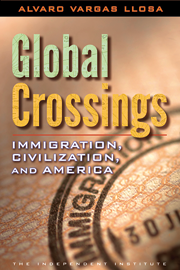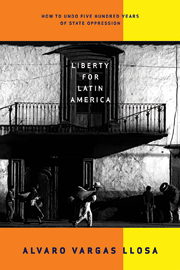WASHINGTON—Every so often, the print media go into panic about the print media. Last week, The Economist magazine yelled “Who Killed the Newspaper?” on its front cover, while The New York Times looked into the sale of Knight Ridder, America’s second-largest newspaper chain, treating the story like a bellwether of the newspaper industry.
I remember sitting round a table in my capacity as op-ed page editor for one of the Knight Ridder papers in the early 1990s, listening to Tony Ridder, the chief executive, explain that technology was rendering newspapers as we knew them obsolete. We needed to adapt to the coming revolution: digital, interactive, customized information flows. Twelve years later, Ridder is the victim of what he so eloquently predicted. Forced by Private Capital Management, an important shareholder, he had to agree to the sale of the empire after trying all the options—cutting costs, buying back shares, dumping a few papers. And off went Knight Ridder, with its 32 papers and a combined circulation of 3.7 million, to the McClatchy Co.
With exceptions such as China and India, the (slow) decline of the newspaper business is a worldwide trend. The big mistake that newspapers in America, Europe and Latin America have made in response to the new environment is to treat this trend as a financial and a technological challenge rather than a cultural phenomenon.
The newspaper industry’s response over the past decade—and Knight Ridder is a good example but not the only one—has consisted mainly of two things: restructuring finances and providing online versions of print products. Everything else—including the creation of new businesses under their famed brands or going into cable TV—was intended to salvage the traditional way of providing news. The result is, well, the “whodunit’’ yell.
The cultural change taking place with regard to information amounts to a decentralization of power. Steve Greenhut of The Orange County Register in Southern California put it nicely when he wrote that “this is the equivalent of the Protestant Reformation for the media, where every man can become his own pope, or in this case his own publisher.”
The technology has helped accelerate this change, just as technology helped accelerate the transition from an agricultural to an industrial society or from an industrial to a service-dominated society. But technology is just a means. The crux of the matter is the people’s perception that power is now in their hands. The barriers to entry into the information market have fallen and now citizens don’t depend on editors to publicize their views or their stories.
The newspaper industry has for the most part been treating the new technology like an end in itself, thinking that the combination of a well-known brand and a slick Web site would do the trick. Well, those Web sites have attracted online readers but they have not improved the medium-term prospects of their sister organizations. Internet advertising revenues account on average for no more than 10 percent of total ad revenues because online readers of newspapers still have small value for advertisers. Newspapers need to expand their Internet readership very substantially and, particularly, persuade their online readers to stay hooked to their digital versions much longer. The way to do that is to embrace the cultural change.
People want more control over what they read, watch or hear. Some organizations have understood this. For instance, South Korea’s OhmyNews offers an online newspaper written by what it calls the “citizen reporter,’’ meaning that anyone can send in news stories that will then be vetted by a staff of about 50 editors. Not every story gets printed, but the paper now has more than 40,000 reporters. That is just one example.
Vin Crosbie, an online news consultant, says that the “mass customization of each day’s edition’’ is the only way to save newspapers. By that he means not just customizing the delivery of news through the Internet and portable devices, but also using digital presses to print thousands of customized editions.
Folks have discovered that they can make for themselves the type of selection that the traditional newspaper has made for them since the 17th century. Readers realize they can participate in the selection process by creating their own information mix. For the moment, this means jumping from one online outlet to the other according to the various items the reader seeks.
In the old days, they used to call it choice and freedom. Today we call it murder. Nobody killed the newspaper. It’s just that information, which used to flow from the top down, is now starting to flow from the bottom up.












